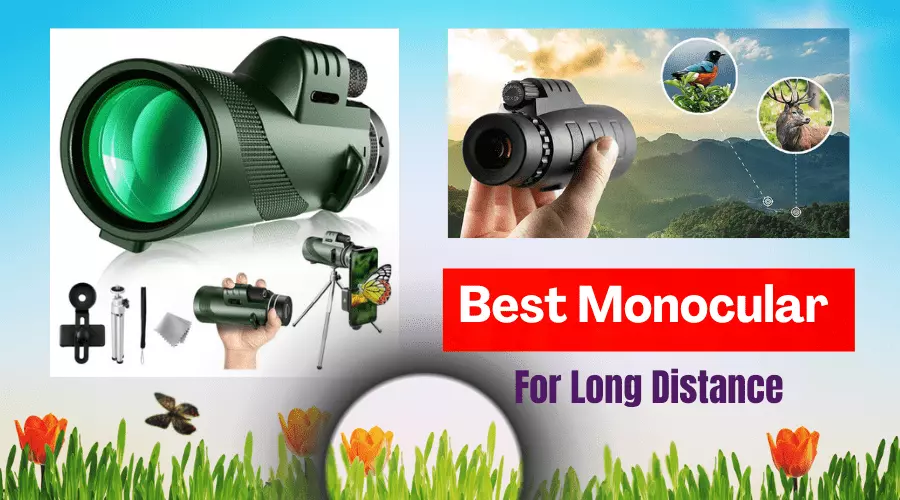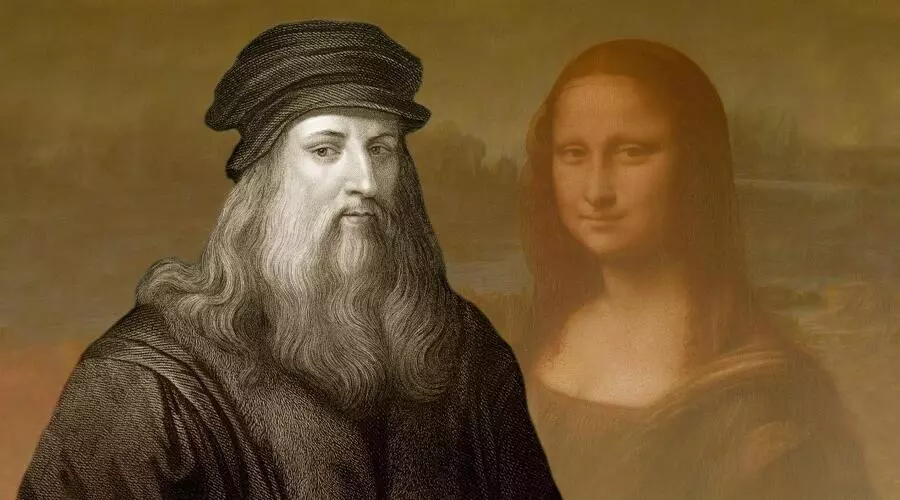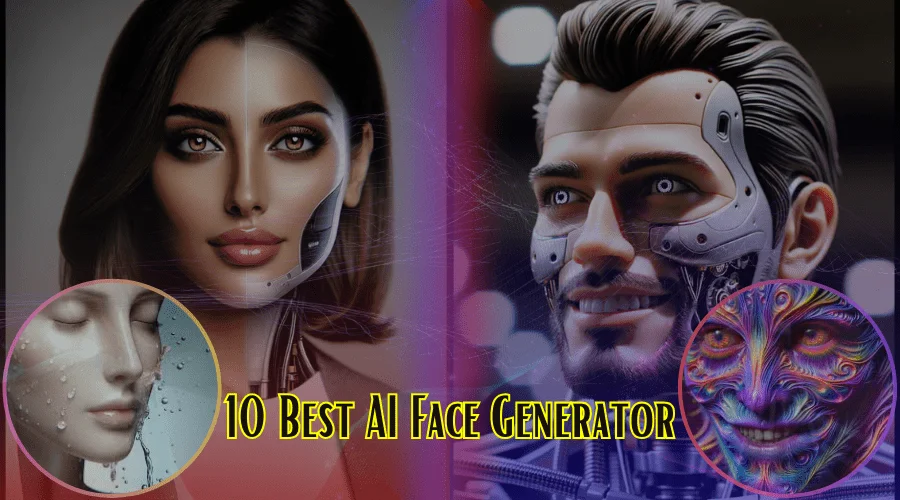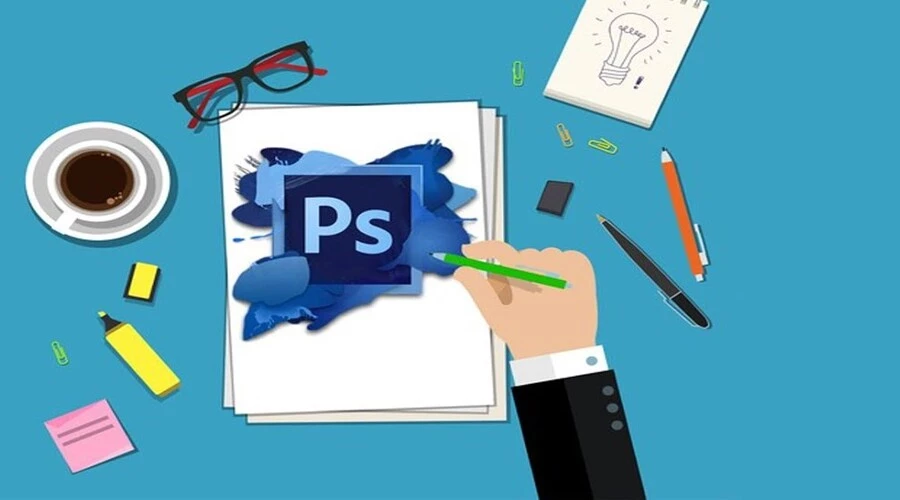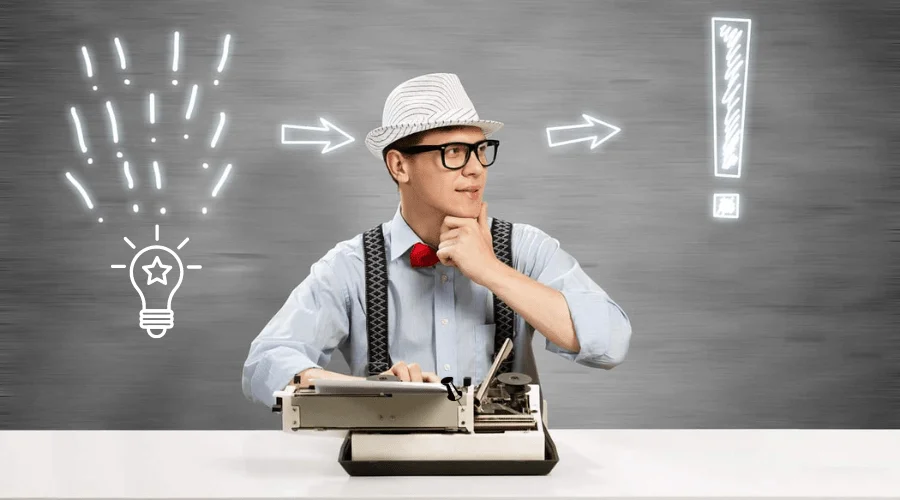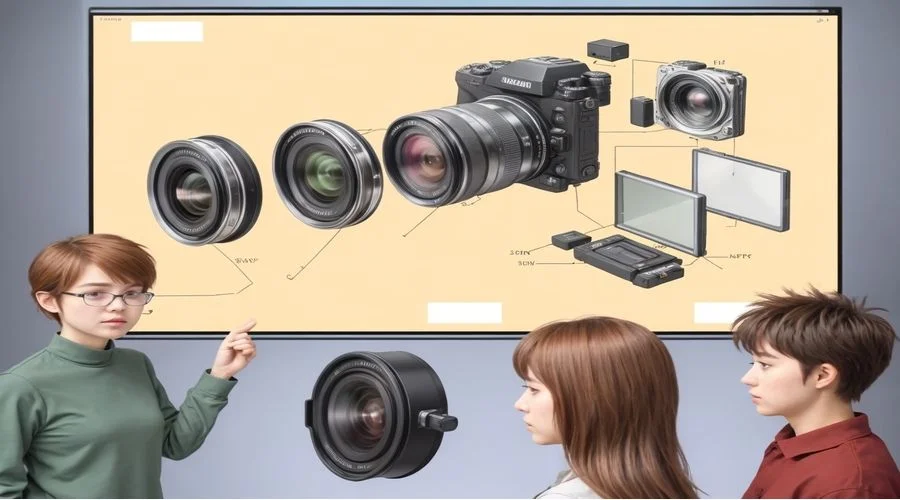
64 Parts of a Camera | Easy Guide & Function Explain
The body, image sensor, viewfinder, lens, aperture, shutter, and memory card are 7 basic parts of a camera. Besides these basic parts, there are also a lot of external and internal parts to glorify and capture better pictures. In this blog post, you are going to learn about different parts of the camera.
Remember that there are different types of cameras such as action cameras, DSLRs, film, mirrorless, instant, and more. Each of these cameras has a few different features, so they are not made from the same components.
64 Different Parts of a Camera and Functions
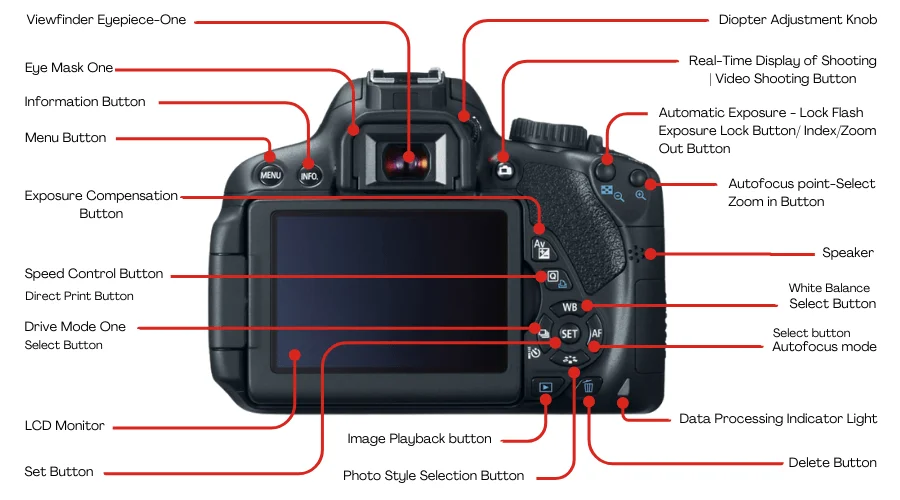
However, a few parts like lens, sensor, memory, etc are common for all types of cameras. On the other hand, secondary display, mirror lock-up, diopter adjustment, etc are not compulsory for all cameras. So the camera parts might be different depending on your camera type. So let's explore all types of camera anatomy.
01. Camera Body
The camera body is like the chassis of a car that holds everything together inside. Outside the body, you will find controllers, buttons, viewfinders, screen, lens, etc parts. Inside the camera body, you will find the processor, image sensor, wiring, circuits, etc.
02. Lens
The lens is one of the most crucial parts of all types of cameras. It focuses incoming light onto the image sensor to create a clear and sharp image. Also, there are various types of lenses available for their specific purposes.
Different types of lenses offer various focal lengths and apertures. Also, provides versatility in capturing scenes from wide-angle landscapes to close-up portraits.
However, High-quality lenses ensure optimal image quality, minimizing distortions and aberrations. That's why photographers often invest in lenses more than the main camera.
03. Image Sensor
The image sensor detects images from the source light provided by the lens. Then the sensor encodes the light and decodes it into electronic signals. Then the image sensor sends these electronic signals into the image processor to make these signals into a picture.
There are different types of camera sensors available are there for capturing various types of photos. But, the primary job of all image sensors is the same.
04. Image Processor
There are a lot of names of an image sensor such as image processing engines, image processing units (IPU), image signal processors (ISP), digital signal processors (DSP), etc.
The main job of this part of a camera is to process the digital signals and make a picture according to the given data from the image sensor. It evaluates the brightness, colors, pixels, contrast, more things. So, we can consider the image sensor as a bridge between raw materials and the final results of an image.
05. Camera Viewfinder
This is an element that allows you to see what you are capturing so that you can capture a 100% accurate image. This camera part also has its variations, like the optimal viewfinder for DSLR, and electronic viewfinders for mirrorless cameras.
Also, a few cameras use LCD screens as an alternative to viewfinders. But it depends on your categories/types of photography.
06. LCD Screen on Camera
Like the viewfinder, the LCD screen also allows you to see what you are going to capture. Most digital cameras have two preview options, you can pick one of them to see photos. When you are capturing a moving subject, then go with the viewfinder.
Otherwise, if you are capturing landscape, architecture, or macro photography then the LCD screen is best for you. Some cameras like Canon PowerShot A3400 and Nikon Z7II allow touching options. So that it becomes easier to control and adjust settings.
07. Aperture
The camera aperture is the size of the opening of a lens to pass light into the image sensor. Wait! The aperture is not only about the light passes, it also affects how much of the photo is sharp or blurry. So the aperture is also one of the best parts of a camera to capture stunning photos.
However, When you open it in a bigger size more light will pass, which is good for low-light photography. The smaller size of the lens opening means less light will be passed, which is good for high-light photos.
08. Sutter
The camera shutter is a camera part made with metal or plastic that decides how much light gets to the camera's sensor. It opens and closes to let light reach inside (to the sensor) the camera. When it opens for a long time, more light gets inside it, then the pictures become brighter.
If it opens for a short time, the picture will be darkened. You can set the perfect Shutter for your picture by changing the shutter speed setting on your camera.
09. Memory Card
Camera memory cards can be two internal or fixed memory cards or external or removable memory cards. The internal memory cards don't have enough space for a professional photographer.
That's why photographers need external memory cards to save pictures. Without having a memory card, you can't save or collect your photos. In a nutshell, this part of the camera is like the soul of a body.
10. Grip
The grip is a part of the camera used on the right to hold the camera comfortably. It helps photographers to hold the camera for a long time without tiredness. A few grips are made with rubber or foam with grooves that attach to the hand (4 fingers).
11. In-Built Flashlight
The in-built flashlight helps enhance the lighting condition to focus on the subject. It is one of the most crucial parts of a camera to overcome the low light issue of photography. Even the default flash might not be enough sometimes. That's why it requires external flashlights to get better images.
12. Battery
The battery helps to operate the whole camera's electronics, like powering the display and other components. Most of the camera's batteries are rechargeable and are very easy to exchange.
Usually, photographers use multiple batteries for backup. Because without a charged battery, the camera is dead. Now, you may realize how important the battery is.
13. Battery Compartment
The battery compartment is like a house of a battery with a connector, that connects the battery to power the camera. The primary role of this part is to hold the battery in the right position to supply the electronics to the camera. This place does not have any heavy role, but it is still necessary.
14. Main Mirror (in DSLR Camera)
The camera mirror is another important part of a camera that reflects images into the camera to capture them. Most beginners think that lenses and mirrors are the same thing, but this is not true. A camera lens is a transparent surface, and a mirror is a reflective surface. The main mirror is also called “Reflex Mirror” on a camera.
In the DSLR camera, the mirror and shutter are placed between the lens and the image sensor. On the other hand, the mirrorless camera does not have a mirror. So these cameras directly hit the light into the image sensor to capture the images.
Sub Mirror (Secondary Mirror)
The sub-mirror reflects the light from the main mirror into the reflex mirror. That means when the light comes from the outside of the main mirror, it passes lights into the viewfinder. As it is an internal component of the cameras, you can't see it.
15. Mirror Lock-Up Lever (in some DSLR cameras)
In some DSLR cameras, there's a thing called the Mirror Lock-Up Lever. When you need to capture sharp pictures from close-up shoots or using long exposure times, then it is very helpful.
The lever lifts a mirror inside the camera before taking a photo. As a result, you will get a clearer picture by reducing shaky movements caused by the mirror.
Additional 15 Special Components of a Camera
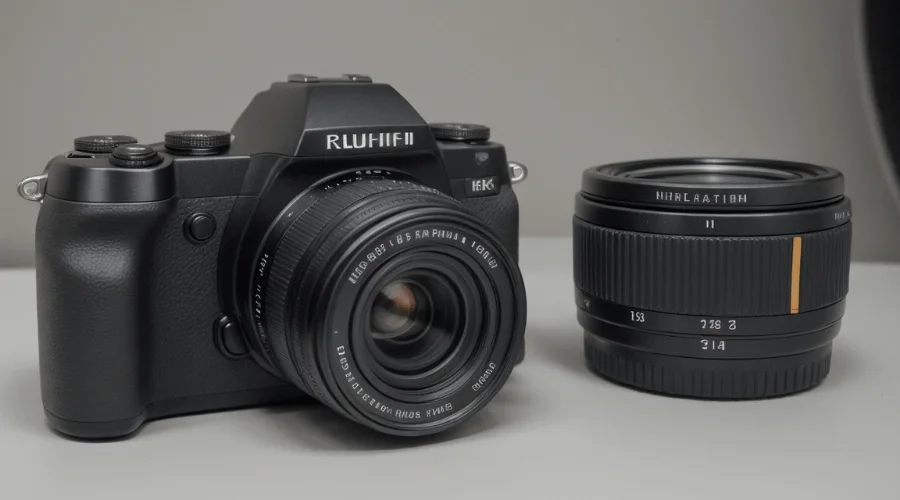
There are a few components that are too special parts of a camera, but nobody talks about these. Today, I will reveal 15 special parts and their functionalities below.
- Anti-Aliasing Filter: It is special for those people who have no time or skill for editing. This filter adds a very low-level smooth blur effect to reduce images' detailed moiré patterns and jagged edges.
- In-body Image Stabilization: This is such a helpful part of the camera that reduces the camera shake. So, you will get steady, sharper photos and smoother videos.
- Wi-Fi/Bluetooth Module: This module of a camera helps to connect any wireless accessories with the device. Also, it can help to transfer files to other devices like mobile phones.
- GPS Module: Adds location information to photos and enables geotagging.
- Cooling System: The camera might become hot when you are using it for a long time. The cooling system helps to reduce the heat generated during prolonged camera use.
- Focusing Screen: This is a camera component designed for the precise preview of the subject while using autofocus.
- Eyecup: The eyecup prevents stray light when using the viewfinder, and provides comfort. Additionally, the eyecup prevents accidental damage or scratches to the viewfinder.
- Secondary Display: It is available on a few top cameras only, that shows camera settings and shooting information for quick reference.
- Touchscreen Display: Allows for intuitive menu navigation and touchscreen operation.
- Lens Mount: Securely attach the lens to the camera body and hold it.
- Tripod Mount: Provides a threaded socket for attaching the camera to a tripod.
- Strap Lugs: Attachment points for connecting a camera strap.
- Lens Cap: Protective cover for the front of the lens for safety purposes.
- Body Cap: Covers the camera body mount when the lens is removed.
- Weather Seals: Protects against moisture and dust, enhancing durability in challenging environmental conditions.
Learn 20 Different Buttons on a Camera
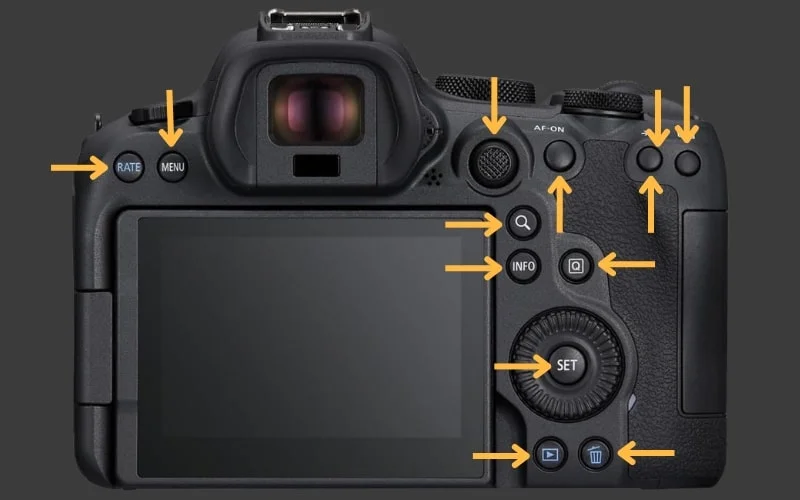
If you are not familiar with all the buttons, you are not a professional photographer. Each button has its uses, and we have to use them to capture the perfect photos or videos. I have added here 20 buttons that are commonly found on various cameras and DSLRs.
Remember, you might not find a few buttons on your camera, because these all buttons are not available on each camera. So, let's introduce yourself with a big list of 20 buttons for a camera.
- AF Point Selector: Allows you to choose the autofocus point.
- AF Lock Button: Locks the autofocus on a specific subject.
- AF Assist Lamp: Assists autofocus in low-light conditions.
- Flash Exposure Compensation Button: Adjusts the flash output.
- Grid Display Button: Overlay a grid on the screen for composition.
- Digital Zoom Button: Zoom in on the image digitally.
- Histogram Display Button: This shows the distribution of brightness levels in the image.
- Custom Shooting Mode Dial: Select custom shooting modes.
- Exposure Compensation Button: Adjusts the exposure brightness.
- ISO Button: Changes the sensitivity of the camera's sensor.
- White Balance Button: Adjusts color temperature for accurate color reproduction.
- Focus Mode Selector: Switches between autofocus modes.
- Metering Mode Selector: Selects how the camera measures light.
- Drive Mode Selector: Sets the shooting mode (e.g., single shot, continuous).
- Image Playback Button: Views captured images.
- Image Review Button: Reviews the last captured image.
- EVF Diopter Adjustment: Adjusts the viewfinder focus for individual eyesight.
- Function Button: Assigns a custom function to a specific button.
- Diopter Adjustment: Adjusts the viewfinder focus for individual eyesight (in DSLR cameras).
- Depth of Field Preview Button: Preview the depth of field in the viewfinder (in DSLR cameras).
Utilize 14 Ports on the Camera to Improve Image Quality
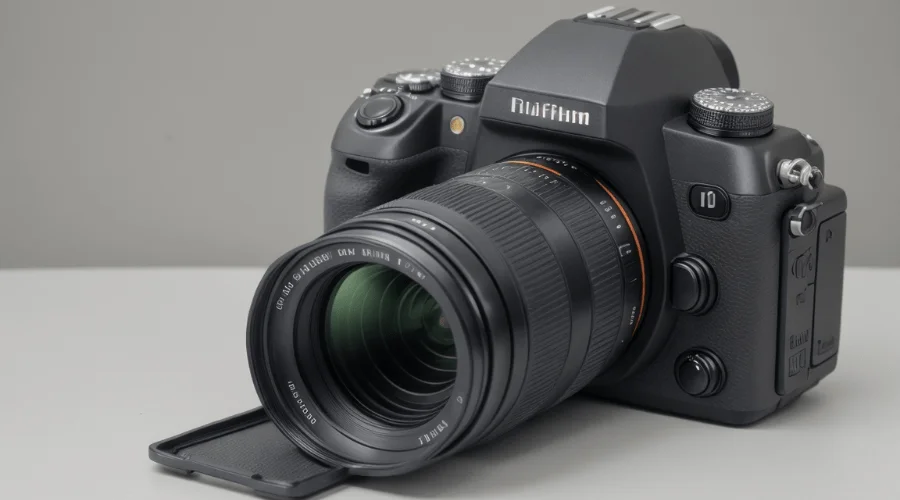
Ports are important parts of a camera, especially when you are taking photos, they can help you to improve quality. A few of these ports are mandatory to use, such as the memory card slot, without this port, you can't capture anything.
The mic port is mandatory for videography. And more ports have their uses and benefits for professionals. So let's look at these 14 ports for better quality photos and videos.
- USB Port: Used for data transfer and charging.
- HDMI Port: For connecting to external displays or monitors.
- Microphone Port: For attaching external microphones.
- Headphone Jack: For monitoring audio during video recording.
- Remote Shutter Release Port: For connecting remote shutter release devices.
- Flash Sync Terminal: For connecting to external flash units or studio lighting equipment.
- Accessory Port: For connecting external flashes, GPS modules, or other accessories.
- SD Card Slot: For inserting SD memory cards.
- CF Card Slot: For inserting Compact Flash memory cards, less common in newer cameras.
- XLR Port: For professional-grade audio input, found in some high-end video cameras.
- Ethernet Port: For connecting to a network or transferring files directly.
- AV-out Port: For connecting to analog video devices.
- DC-in Port: For connecting an external power source.
- Multi-interface Shoe: For attaching compatible accessories like flashes or microphones.
Conclusion
I have covered every single part of a camera's inside and outside. Hope now you have the full idea about these all. So you can easily capture better pictures and videos by utilizing the functions of these components.
When a photographer isn't familiar with all parts of his/her camera, he/she will not capture the right image. Also, there is a risk of scratches or damage to other parts because of not utilizing safety materials for the camera.
Anyway, I have found 37 parts in my camera from this list of 64 components, what about you?
FAQs
What are the 7 Basic Parts of A Camera?
Among the many parts of a camera, here are 7 basic parts that every camera must have.
- Camera Body: The camera body is one of the main parts because it holds all parts together.
- Lens: This is like the camera's eye by using the lens, the camera can see what is in front of it.
- Shutter: By opening and closing itself, it holds lights inside the camera.
- Aperture: This is like the eye's pupil. It controls how much light gets in.
- Image Sensor: By using the image sensor, a camera turns lights into a picture.
- Viewfinder: This is the part of a camera, where you can see clearly what you are going to capture.
- LCD screen: This shows you the picture you've taken, and you can change settings if needed.
What is the Most Important Part of A DSLR Camera?
Many photographers think that the image sensor is the heart of the camera. It is widely accepted also that the image sensor is the most important part of a DSLR camera. Because it transforms the lights into electric signals and sends them to the processor.
However, in my opinion, without a few optional parts like straps, body caps, lens caps, etc, all parts are most important. Because all components work together to make a good picture.
What are the Three Types of Digital Cameras?
The Three Types of Digital Cameras are-
- Digital single-lens reflex (DSLR) cameras: These are bigger and heavier but offer more control over settings. They have a mirror inside that reflects light into the viewfinder so you can see what you're shooting.
- Mirrorless cameras: These cameras don't have a mirror inside like DSLRs. They're smaller and lighter but still take great pictures.
- Compact cameras (point-and-shoot): These are small and easy to use. You just point them at what you want to take a picture of and press the button.
What are the 4 Basic Camera Functions?
There are 4 basic camera functions focus, exposure, shutter speed, and aperture.
- Focus: This makes sure the picture is sharp and clear.
- Exposure: It controls how bright or dark the picture is.
- Shutter speed: This determines how fast the shutter opens and closes, affecting how motion is captured in a photo.
- Aperture: It controls how much light gets through to the sensor, and also affects the depth of field in a photo, or how much is in focus.




